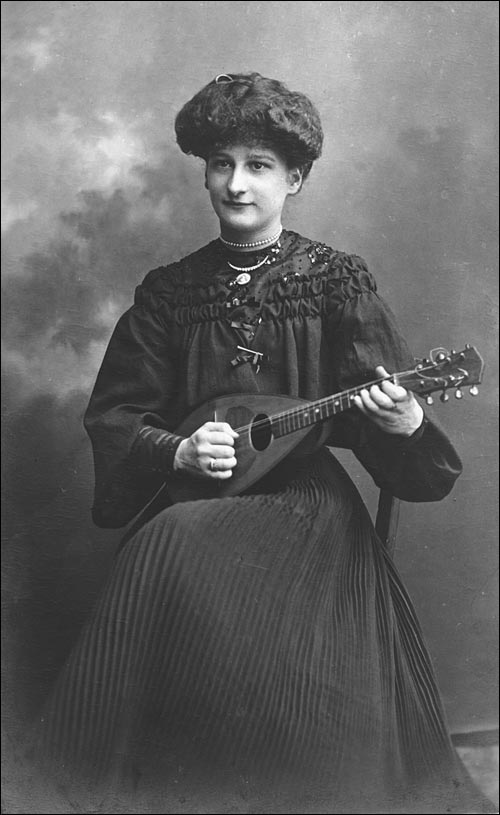|
Moderated by NW Okie! |
Volume 16 , Issue 52014Weekly eZine: (371 subscribers)Subscribe | Unsubscribe Using Desktop... |
History of Mandolin

Did you realize, know the mandolin is considered a descendent of the lute, and reaches back to some of the earliest musical instruments. Lute-like chordophones appear as early as 2000 BC in Mesopotamia. These early instruments were fretless.
Changes in pitch were made by pressing the strings down onto the neck of the instrument. The strings were sometimes plucked by using hard objects or plectrums rather than the fingers as the plectrums or picks produced a louder, sharper, sound than the fingers.
By the 17th Century AD a folk lute called the 'oud' was in use. The 'oud' remains in use today, virtually unchanged, in the music of the Near East, particularly in Armenia and Egypt. 'Oud' is the Arabic name for wood, and the 'oud' is a wooden lute. The 'oud' found its way into Spain during the Moorish conquest of Spain (711-1492), to Venice through coastal trade, and to Europe through returning Crusaders (around 1099).
In Washington, a painting by Agnelo Gaddi (1369-1396) depicts an angel playing a miniature lute called the 'mandora.' The miniature lute was probably contrived to fill out the scale of 16th century lute ensembles. The Assyrians called this new instrument a Pandura, which described its shape. The Arabs called it Dambura, the Latins Mandora, the Italians, Mandola. The smaller version of the traditional mandola was called mandolina by the Italians.
The mandolin came to North America and entered the mainstream of popular American culture during the first epoch of substantial immigration from eastern and southern Europe, a period of prosperity and vulgarity, when things exotic and foreign dominated popular taste.
It was in vogue in the 1850s, when it shared the parlor with zither, mandolas, ukuleles, and other novelties designed to amuse the increasingly leisured middle class. A marked increase in Italian immigration in the 1880s sparked the fad for the bowl-backed Neopolitan instrument that spread across the land. Did you know that the mandolin was even among the first recorded instruments on the Edison cylinders. In 1897, Montgomery Ward's catalog marveled at the phenomenal growth in the mandolin trade.
| View or Add Comments (0 Comments)
| Receive
updates ( subscribers) |
Unsubscribe
| © 2025. Linda Mcgill Wagner - began © 1999 Contact Me | |
